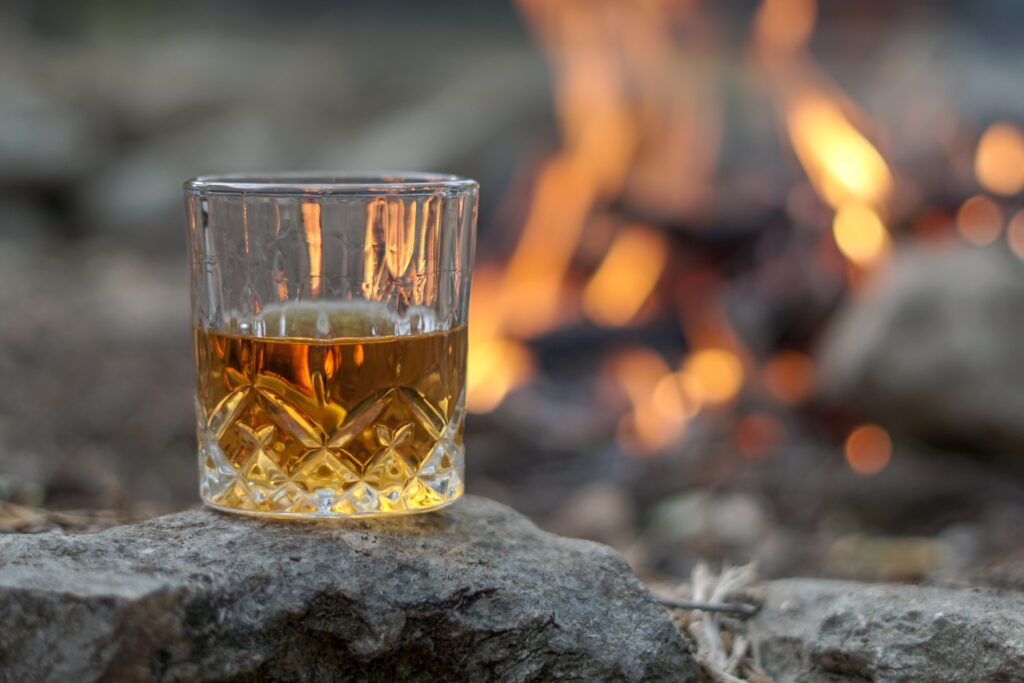TO tie-in with World Whisky Day this weekend (May 22), Glen Moray asked experts to reveal the strangest tasting notes they’ve encountered and suggest some modern alternatives.
Leading whisky writers including, Dave Broom, Henry Jeffries, Jim Coleman, Ian Wisniewski, Mark Gillespie, Brian Townsend and Philip Day all rose to the challenge.
They revealed their funniest finds, pet peeves and guilty pleasures when it comes to whisky lingo.

Henry Jeffries confessed: “My bete noir for tasting notes, and I’m as guilty as anyone, is being unnecessarily specific, for example saying Conference pear, rather than just pear, Manuka honey rather than just honey, wild strawberries and Colombian coffee.
“I think they are used to give a false sense of exactness.
“But, that’s not to say that tasting notes have to be a plain. I love silly comparisons.
“My favourite ever tasting though, comes from wine and it is ‘sturdier than Robert Mitchum’s trousers press’. Beat that!”
Jim Coleman revealed one tasting note that has stuck with him is ‘tastes like the left wing of a dead seagull on an Islay beach.’
Whilst whisky aficionado Dave Broom also has a soft spot for an avian analogy, siting Charlie MacLean’s taste of ‘dead guillemot’ as his firm favourite.
From hints of paint thinner, motor grease and Cullen Skink, to notes of rotting fish, beeswax and Germoline, Glen Moray’s findings reveal that whisky lingo is indeed an acquired taste.
Some favourite notes that the experts and Glen Moray fans have flagged include:
- Pork scratchings with dusted paprika.
- Dirt.
- Damp cardboard.
- Spicy cigarette ash.
- A touch of the tack room.
- Roofing tar and plankton.
Not to mention Driftwood campfire smoke – a tasting note that is not all together unusual, however as Whisky Cast’s Mark Gillespie points out, one he has caught holy hell for from his family over the years who always want to know “when where you ever around a driftwood campfire on a beach?”
A list of favourite on the nose notes includes:
- Sileage.
- Wet labrador.
- Toilet duck.
- A wet worsted blanket.
- Damp autumnal hay.
- Scented candle, but which scent?
Favourite one-word descriptions range from grungy, masculine and flaccid to inoffensive and gullet warming.
The more descriptive whisk lingo included:
- ‘Like a young cricket bowler joining the senior squad too young: some of the delivery is wayward but the power, energy and enthusiasm is there in abundance.’
- ‘Like a liquidised Tunnock’s Caramel Log in a glass.’
- ‘It’s a sit back with a cigar and show off your cufflinks kind of dram.’
Dave Brooms explains: “Our sense of smell is an internalised sense and therefore the most personal. That means we all have different memories and triggers when we smell something.
“It depends on your background, where you live, what you eat, when you first encountered an aroma.
“No surprise then that you get some wild descriptors – but they are the right ones for you.
“The key is to know what they mean. If I smell clean rabbit hutch/hamster cage I know I’m smelling a malty whisky …You might smell biscuits, or dusty attics … or a dead mouse…
“It hinders enjoyment if you don’t allow people to relax and allow their memories to come out.”
One thing many experts agree on is that it may be time to give whisky a bit of an update by being more alive to the aromas around us and using descriptors and terms that are universally understood.
Scents of Nandos, CBD oil, candy floss, Oreo, cookie dough and peanut butter are just some suggestions provided in addition to describing mouthfeel more often.
Think creamy, silky, velvety, oily, juicy and delicate.
When it comes to Scottish whisky, Dave Broom would like to see the following used as often as possible: the Gaelic word ‘sgriob’ which describes the itchiness of the lip when a dram is required.
And ‘It’s Hoorish strong/ A-hoora strong’ (used as a warning to people who are about to neck a cask-strength dram).

